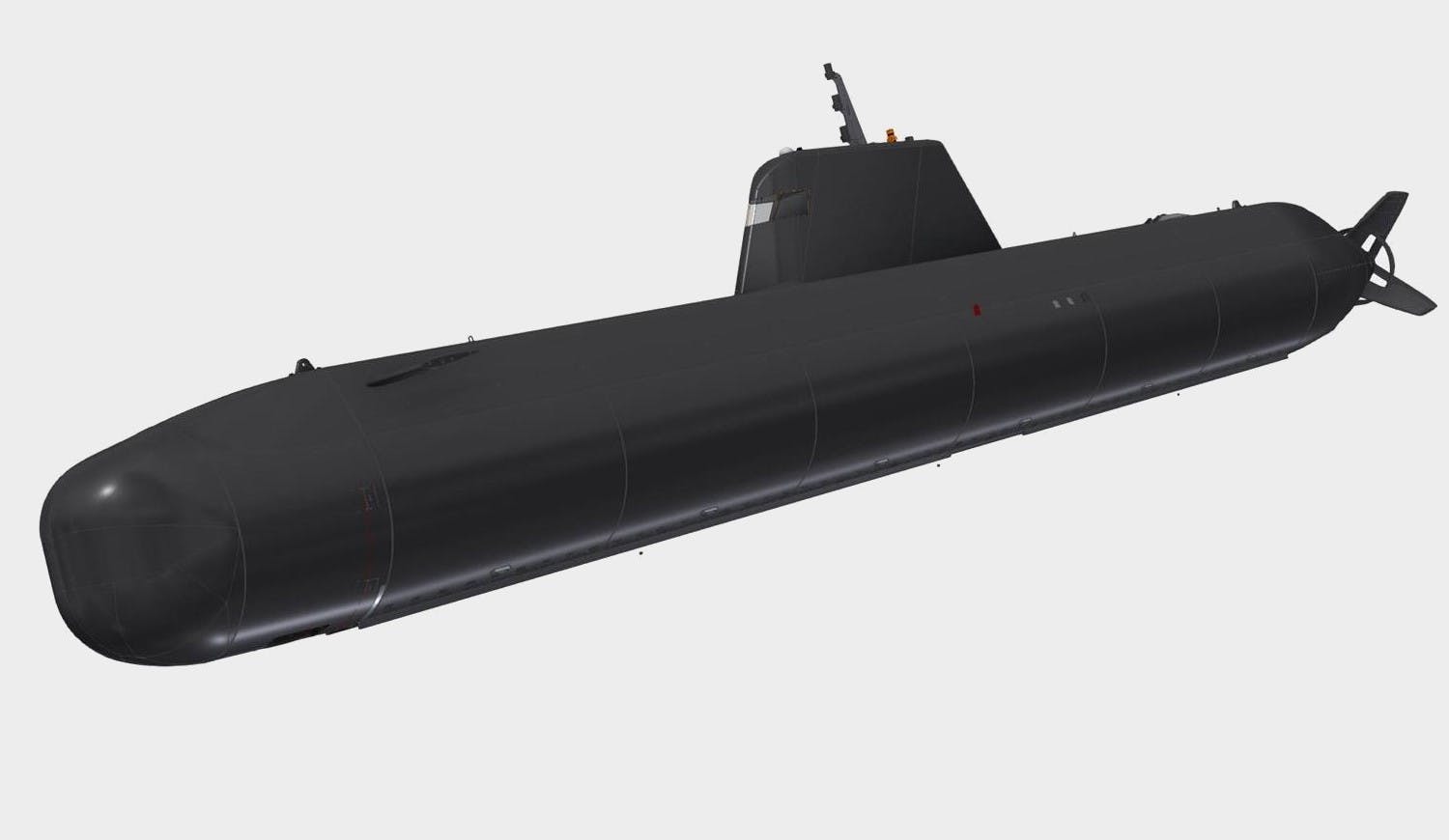Repulse wrote:At the recent DSEI Admiral Tony Radakin explained the approach to start small and then move eventually to larger ships, like the Sea Hunter - perhaps a different approach to the USN.
https://www.defensenews.com/naval/2019/ ... e-vessels/
Question: Is this the best approach? I would have thought a better approach would be to look at larger ships in parallel, but in a different way - I.e. semi autonomous, increasing automation in parallel to drastically reducing crew numbers?
With specific concerns around Russian aggression, the proliferation of quiet SSK technology and limited funds (resulting in limited T26 and P8 numbers), surely a semi-autonomous RN version of the Sea Hunter should be looked at?
Discuss

I agree "to start small and then move eventually to larger ships" is a sensible option. "Autonomous" is made of many systems, and most of them are less related to the ship size, such as autonomous navigation, situation awareness, man-in-the-loop decision tree, operating sensors, deploying and recovering sensors, etc.
Deploying and recovering the USV/UUV itself becomes much difficult with size, but this can be tested by manned systems. I guess the only issue is "how small it can be", as we all know larger vehicles are more difficult to handle.
Drill, drill and drill. Or, try and error, and modify and then fry again. This is what is needed now. This is like in the early days of naval aviation, or submarine introduction. RN must establish "the best tactics" from scratch, and it will take decades.
History tells, the assets will grow fast. 7m to 9m, and then to 11-12 m. If exceeding this length, then everything goes into well-dock, up to ~30m. If exceeding this length, then they will be self-deployed (so called "unmanned corvettes").
Starting small, establish the first generation of USV/UUV warfare, and use it for 10-12 years. Then, move to 2nd generation. I think things must go this way.






